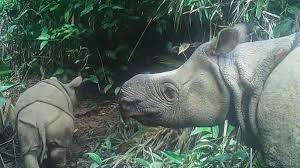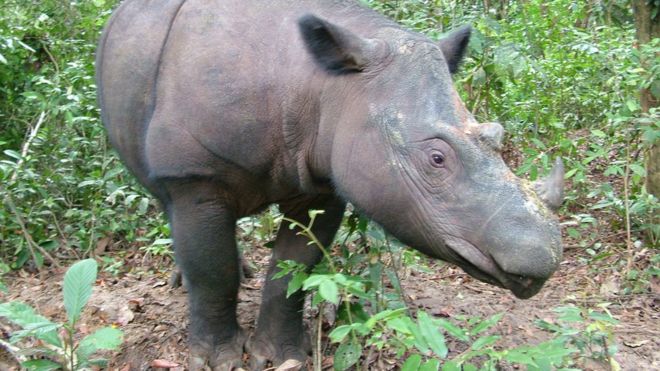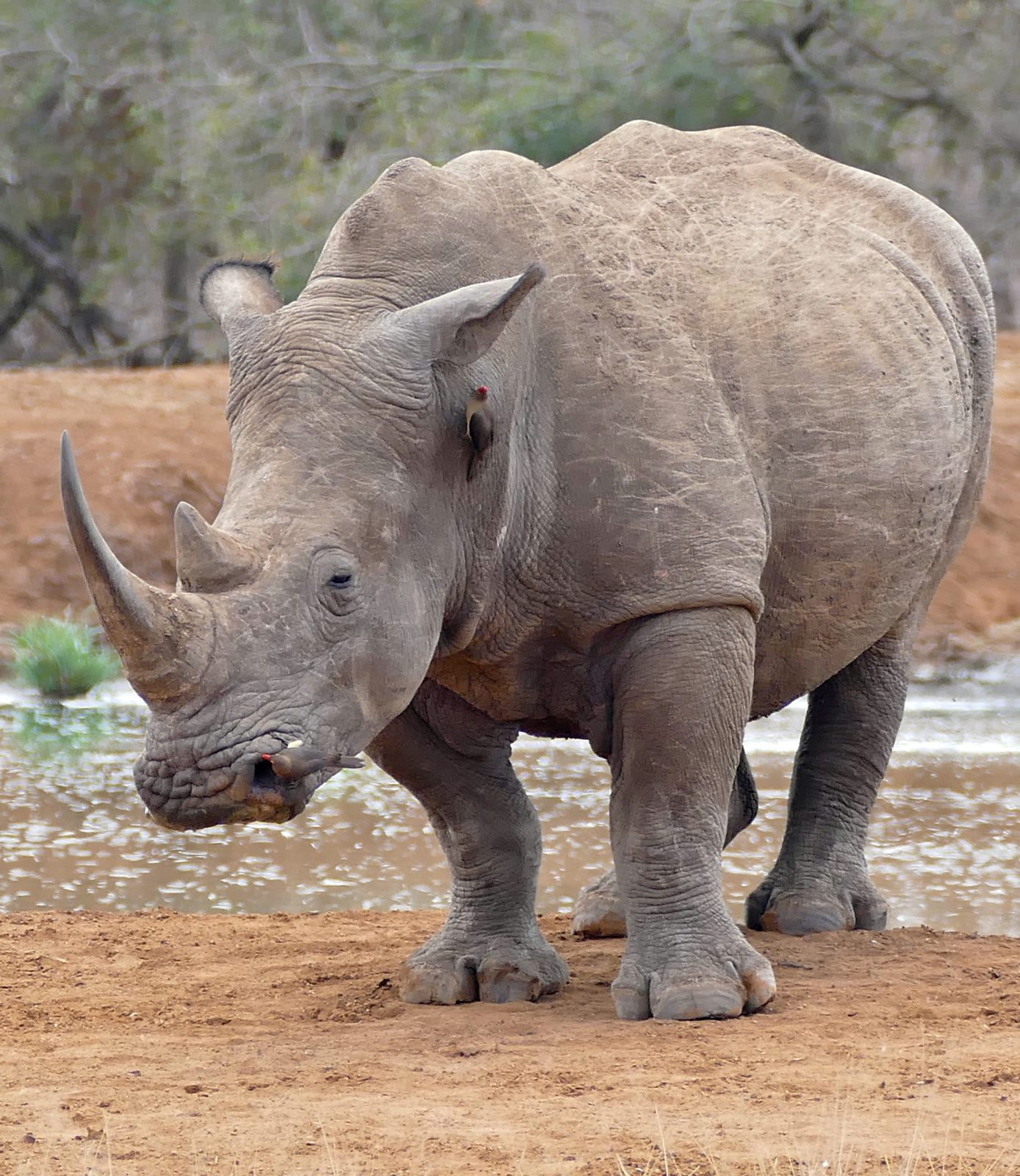Rhino have been hit hard in the last few decades. These species are all of the currently surviving species of wild rhino. Indeed, no species of rhino have been lost in modern times – in recent times the woolly rhino was lost. Further back, there are dozens of rhino species which are only known from fossils, with as many as 45-50 different species in the Americas alone.
There are links for the black and white rhino species, as these are found in the savannah ecosystems that we have listed, however, we will add more over time as we make contact with people in the field.
Platinum Rhino, the worlds largest captive rhino breeding operation sold to africaparksnetwork! (update, instagram embed did not work)
- Tim
- February 2, 2024
Hearing this news, one might think "great, another 10-20 rhino"? Think again.
Platinum rhino holds as much as 15% of the current wild population in its operation -2000 individuals. Here...
Can simple changes help the Javan rhino recover?
- Tim
- January 24, 2024
Above is a fascinating video about a photographers journey to try to see this rhinos in the wild (spoiler alert, it was a success, as you can see from...
The Indonesian rhinos that once roamed across much of Asia
- Tim
- April 30, 2023
The wildlife of Indonesia now often looks like relatively unique to those islands. This is not the natural state of affairs. 60,000 years ago, a cousin of the orangutan lived...
Poachers killed 24 rhinos in the last two weeks of 2021, that is the equivalent of 1000 a year
- Tim
- May 28, 2022
Rhino poaching is devastating rhino populations across Africa and Asia. Many species such as the Indonesian species are already lost or on the brink. African species are not far behind....
New baby girl! Sumatran rhino born in captivity in a breeding centre in Sumatra
- Tim
- March 29, 2022
Today the Sumatran rhino is critically endangered. It is thought that not more than 80 exist in the wilds of Sumatra. Not particularly closely related to the Javan rhino, the...
What now, for the northern white rhino?
- Tim
- February 27, 2022
Late last year, the oldest of the two remaining northern white rhino was retired from the breeding programme. This just leaves her daughter as the only egg donor in the...
Two baby rhino born in Java in the species last remaining habitat
- Tim
- February 17, 2022
There are only around 60 rhino left in the wild. They live in Ujung Kulon National Park. To put that in perspective, that is an increase of 3.3%.

Rhino poaching in the Kruger continues, decimating the population
- Tim
- October 19, 2021
When my wife and I spent 3 months on the edge of the Kruger in 2007, there was thought to be over 10,000 white rhino left in the park -...
Third Sumatran rhino sanctuary moving forwards
- Tim
- July 1, 2021
The Sumatran rhino is critically endangered. Just a few years ago, the last of the mainland Sumatran rhino died, leaving only the population on Sumatra itself.

There are now 5 embryos created to save the Northern white rhino
- Tim
- April 1, 2021
Until recently there were only 3 viable embryos, so it is encouraging that these two new ones have be able to be created. There are currently just 2 remaining northern...
White rhino population in the Kruger has crashed by ⅔ in a decade
- Tim
- February 3, 2021
The white rhino recovery was a huge success story- from a low of just 60 animals the population rose to over 20,000, the biggest single population, lying within the huge...
5 viable northern white rhino embryos have been created
- Tim
- February 3, 2021
The Northern white rhino, an animal that existed in the DRC and parts of the world like that, still had numbers of about 2000 in the 1980s. Unfortunately there are...
Snares set by poaching are still threatening Sumatran Rhino, now with only about 80 left
- Tim
- November 25, 2020
The leuser ecosystem on the island of Sumatra, is home to a fascinating range of animals, not found together anywhere else. In particular, this ecosystem supports tigers orangutans elephants and...
Good news for the Javan rhino
- Tim
- October 6, 2020
The Javan rhino is critically endangered, with a population comfortably under 100 individuals.
This is why it is very exciting that people have spotted two new calves this year in...
A rare piece of good news- the the Black Rhino population has increased
- Tim
- March 27, 2020
Much of the news from the Natural World is negative. The human population is growing in crowding out the Natural World, even when not foolish two positions have led close...
Rhino poaching Falls for the fifth consecutive year in South Africa
- Tim
- February 14, 2020
The fact that the rhino poaching of South Africa has fallen for 5 years in a row is something to celebrate. However, despite this there is a lot that we...
The last Sumatran rhino living in Malaysia has died
- Tim
- December 10, 2019

The Sumatran rhino was once found throughout out much of Southeast Asia including parts of India, Vietnam, China, Myanmar, Thailand as well as Borneo.
Now...
Rhino hunter in the Kruger National Park appears to have been killed by elephant and then eaten by lions
- Tim
- April 25, 2019
As is well known globally, the Kruger National Park in South Africa has had a very serious problem with rhino poaching over the last decade or so. A significant proportion...
Chinese government can’t decide whether to bring back trade in rhino horn and tiger parts legally
- Tim
- February 9, 2019
The Chinese government has put off a difficult decision it has to make on whether to lift the ban on trade in rhino horn and tiger body parts. Trade was...
Saving the Sumatran rhino
- Tim
- June 19, 2018




 Image by
Image by 